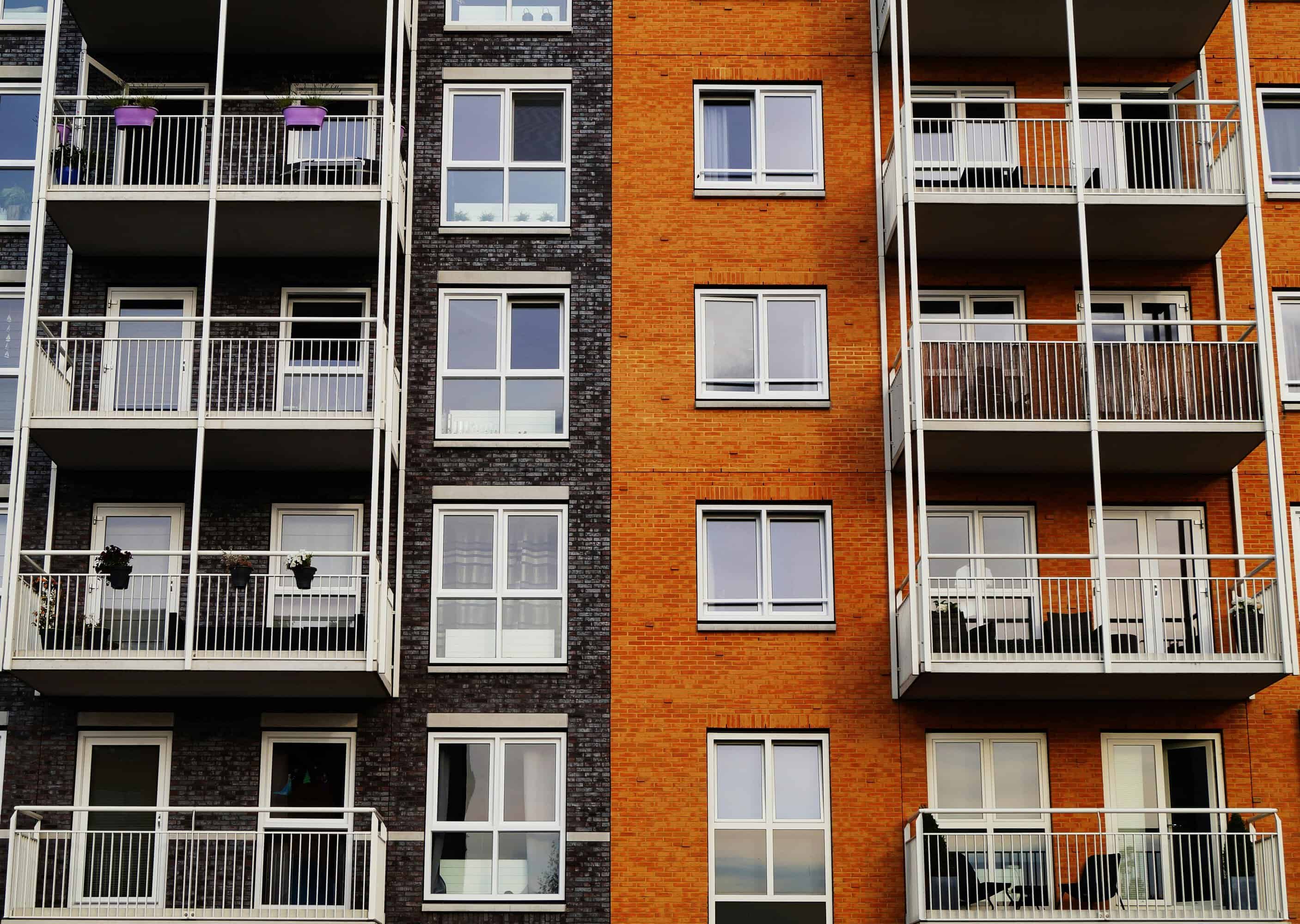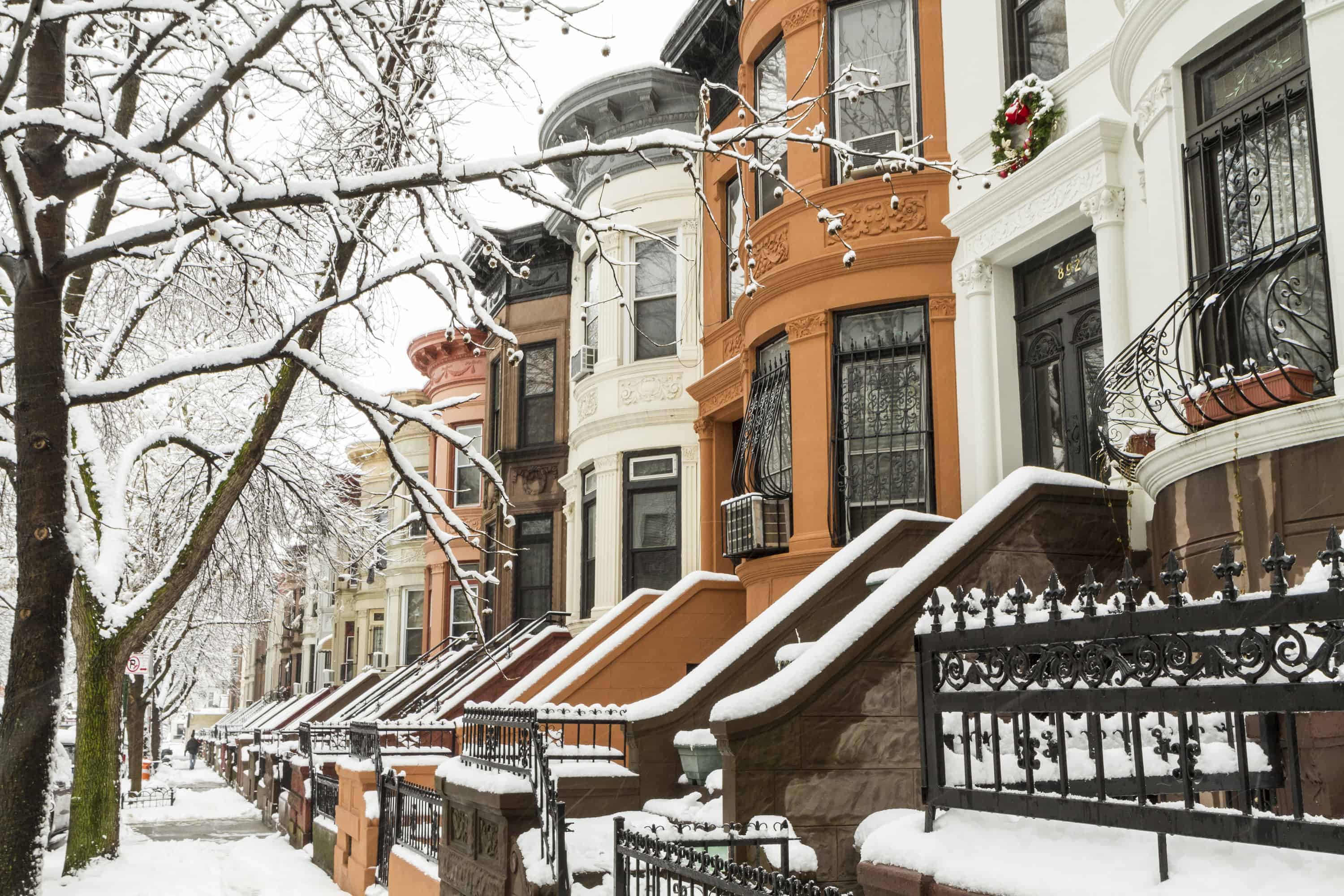Canadian winters are almost synonymous with ice and snow. Each year, the sidewalks and walkways around your home or apartment can become extremely slippery and create dangerous territory for you, your visitors, and those passing by.
Keeping up with timely removal of snow and ice is the best way to eliminate weather-related hazards and lower the potential for injury on your property. Doing so lowers your chance of becoming liable in the event of a slip, trip, or fall. If you’re a renter, your best line of defence is having a tenant insurance policy in place. Here’s an overview of how to understand your liability as a renter when it comes to snow clearing.

Are renters or landlords responsible for clearing snow and ice?
Both the renter of a unit and the landlord can share liability for an injury that occurs on the property due to negligent maintenance. “The responsibility for snow and ice removal typically is a landlord’s responsibility but having said that, tenants should check their rental agreement in order to understand what their responsibility is,” says Anne Marie Thomas, director, consumer & industry relations with the Insurance Bureau of Canada.
The landlord may hold responsibility, but it’s up to you to be aware of the terms outlined in your lease agreement around property maintenance. If you sign a lease that deems you responsible for shoveling snow and salting ice, there is always a chance you could become at least partially liable for a potential injury on the premises.
According to the Insurance Bureau of Canada, it comes down to the conditions of the loss. If you foresaw dangerous conditions, did nothing to interfere with them for days, and could have easily prevented the incident, you’ll likely hold some legal liability. However, if it’s clear you diligently cleared the snow and ice from your portion of the property, or if you alerted your landlord to the hazard immediately and requested the proper supplies (e.g., shovel and salt) to address it, the chances of you being held liable decrease. In either case, your tenant insurance policy should cover the medical costs of the injured party up to the limit set out in your policy.
Does liability differ for renters and homeowners when it comes to snow clearing?
Because homeowners own the property they occupy, they don’t have the possibility of sharing liability with a landlord if a guest were to injure themselves on their property. You as a renter, however, do. You may have to monitor snow buildup on only the parts of the property that are linked to your unit, which should be outlined in your lease agreement. A homeowner, on the other hand, is responsible for the entire property.
Regardless, both home and renters insurance policies include third-party liability coverage, which provides financial protection if someone injures themselves on your property and decides to sue you. With most tenant policies, the standard limit of coverage is $1 million, though you may decide you want to increase that limit, as claim costs can quickly add up. If you do this, your premium will also increase. This would be a good time to compare rates online to make sure you’re still getting the best deal for the coverage you need.
Know your city’s by-laws as they relate to snow removal
Most cities have by-laws stating property owners are responsible for clearing snow and ice from their property and public sidewalks bordering their home. However, time frames and responsibilities vary across Canada.
The City of Toronto, for instance, requires property owners to clear ice and snow from their property within 24 hours of a snowfall. When it comes to sidewalks, property owners that live in areas of Toronto that don’t receive snow clearing service must clear snow and ice within 12 hours. The city also makes it clear that if you’re a tenant who is concerned about snow or ice on your rented property that can’t be managed on your own, it’s best to reach out to the property owner in writing.
While Toronto outlines snow removal responsibilities for property owners specifically, the City of Vancouver names property owners and occupants as responsible for clearing sidewalks in front of and alongside the property by 10 a.m. the morning after a snowfall or freezing temperatures.
When in doubt, refer to the by-laws in your city to avoid tickets, fines, or further legal liability. And always check the terms outlined in your lease when it comes to snow and ice removal.



